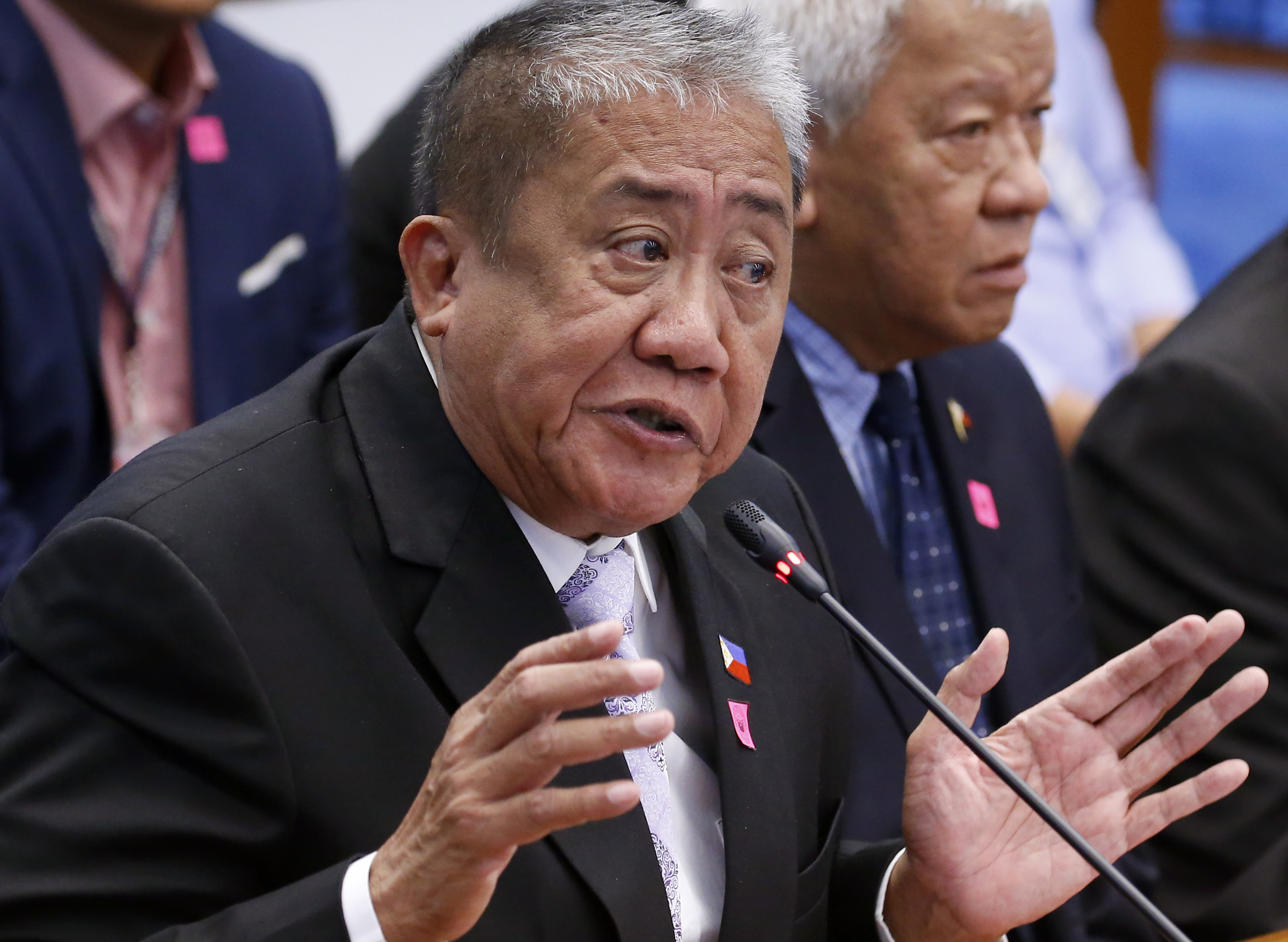
FORMER Department of Transportation (DOTr) Secretary Arthur P. Tugade did not commit malversation of funds for the Communications, Navigation, and Surveillance/Air Traffic Management (CNS/ATM) System of the Philippine Airports, his spokesman clarified on Tuesday evening.
Responding to an article by bilyonaryo.com, Tugade asked former Transportation Undersecretary for Administrative Services Artemio Tuazon to be his spokesperson and clarify claims that he supposedly caused the diversion of P13 billion in funds for the CNS/ATM System to the upgrade of the Ninoy Aquino International Airport (Naia).
In an interview, Tuazon clarified that the funding for the CNS/ATM System was under the Civil Aviation Authority of the Philippines (Caap) and that the Naia beautification project was under the Manila International Airport Authority (Miaa).
Caap and Miaa are attached agencies of the DOTr. Tuazon clarified that the DOTr merely had “oversight functions” over the two agencies, which have their own legal charters.
“They are two different agencies and we cannot divert funds without Congressional approval—that action will be flagged by the Commission on Audit. As he is a lawyer, Tugade is not stupid to do that. It’s not true that there was a diversion of funds,” he said.
Tuazon further explained that the CNS/ATM System was “largely funded” by the Japan International Cooperation Agency (Jica), which he said is “very strict in disbursement and usage of funds.”
Jica provided a total of P10.8 billion under an official development assistance (ODA) package implemented in 2018, during Tugade’s term as transport chief.
“That is why it’s hard to believe their largely unfounded claims that have no basis to support them,” Tuazon said.
Tugade, however, will appear before lawmakers should he be invited to do so, and former senator Panfilo Lacson has asked the Public Services committee chair, Sen. Grace Poe, to include the funding’s history in the planned Senate inquiry. Story on A10, “Check ‘diversion’ of aviation gear fund–Ping.”
“He will be very transparent about anything. It will be a good venue for him to voice out the facts,” Tuazon said, adding that Tugade is considering filing criminal cases against those who drag his name into the issue.
‘Outdated? It’s new’
When sought for comment on statements about the CNS/ATM System being “outdated,” Tuazon said the system is relatively new.
“We inaugurated that in 2018 and it was functioning properly. Because of the system, we were able to add slots at the Naia. We added more inbound and outbound flights to the Philippines. How can we say it’s outdated when it’s working properly? We don’t buy a new car in 2019 after we just bought a new one in 2018,” he said.
Caap Director General Manuel Tamayo said during a press briefing on Sunday that he is concerned with the technology for the radar, saying that the project was conceptualized in the 90s, started in 2010, and was only completed in 2019.
Tamayo said given this, it is “already outdated.”
“They are trying to put the blame on the past administration, but if you think about it, who is the director general of the Caap today? It’s Tamayo, who was the Transportation Undersecretary for Aviation during the term of Tugade,” Tuazon said.
‘Do your job’
In light of Sunday’s temporary paralysis of the Naia, Tuazon said the current administration should just “do your jobs.”
“The CNS/ATM System is working. Since it’s a part of a critical system for the operation of our airport, it should be maintained. And there has to be redundancy in the power supply. They also need to maintain that redundancy as it’s a critical part of the system. So I don’t think it’s a matter of rehab or upgrade, but more of a maintenance issue. It’s more of negligence on the part of the people who are supposed to be maintaining it,” he said.
Naia was paralyzed for six hours on Sunday, after the main power supply of the CNS/ATM System failed. Its supposedly “uninterruptible power supply” (UPS) also failed to kick in.
“The UPS was supposed to kick in when the power is interrupted, but it failed. This goes to show that it’s not properly maintained,” Tuazon said.
This caused hundreds of flights to be canceled, delayed, and diverted. It also caused a spillover effect on operations until Tuesday, as airlines had to mount recovery flights to accommodate those affected by the temporary shutdown of the Philippines’ main airport.
Image credits: AP/Bullit Marquez
